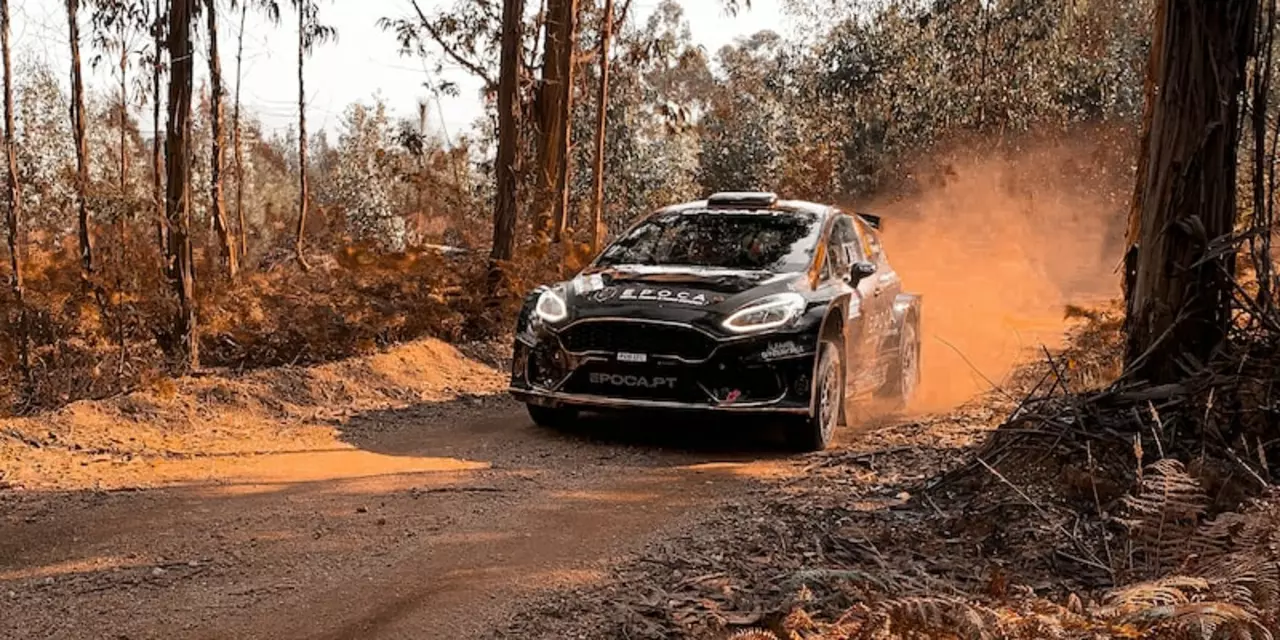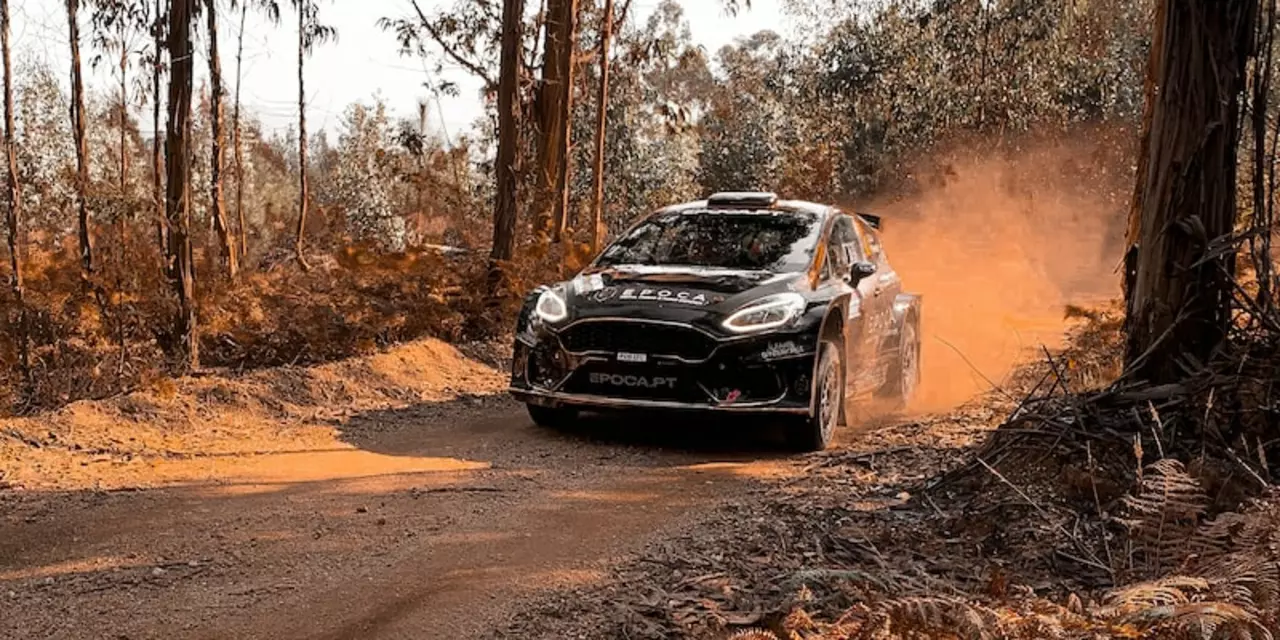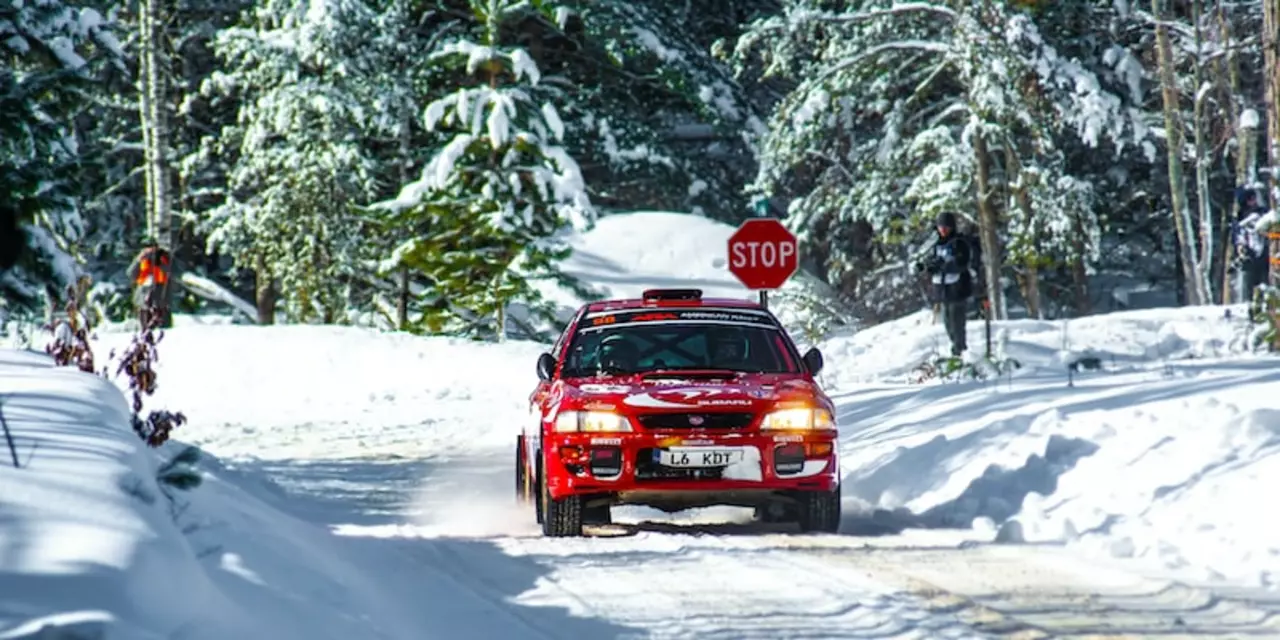February 2023 Rally Recap – All the Highlights in One Place
Welcome back, rally fans! If you missed anything in February, you’ve come to the right spot. We’ve gathered every report, event update and news bite that landed on the Hub during the month. Think of this as your quick briefing before you dive into the next rally season.
What Happened in February 2023?
The month kicked off with the Southern Endurance Rally on the 4th. Teams tackled mixed tarmac and gravel stages, and the weather turned from sunny to wet in just a few hours. Our post‑race report covered the top finishers, the tire choices that paid off, and the unexpected mechanical gremlins that forced a few crews out.
A few days later, the North Coast Classic rolled out its 12‑stage itinerary. The Hub posted a detailed stage guide, complete with GPS coordinates and fuel stop tips. Readers loved the “what to pack” checklist we added – it saved a lot of last‑minute scrambling.
Mid‑month saw the launch of the Rally Tech Forum webinar. We streamed a live Q&A with engineers from leading rally teams. The recording is still on the site, and the summary highlights the top three tech trends: lightweight chassis, hybrid power‑trains, and real‑time data telemetry.
On the news front, February brought the announcement of the 2024 calendar. The Hub broke down the new events, pointing out three fresh locations in Scotland, Wales and the South West. Our analysis explains why those spots were chosen and what they mean for competitors.
Why It Matters for Rally Fans
All these updates give you a clearer picture of the current rally landscape. Knowing which tires performed best in wet conditions helps you plan your next entry. Understanding the new calendar lets you book travel early and snag the best accommodation.
If you’re a new fan, the February posts serve as a solid entry point. The stage guides show you how rallies are structured, while the tech forum demystifies the machinery under the hood. For seasoned veterans, the race reports offer data you can compare against your own lap times.
And don’t forget the community angle. Each article includes comments from fellow enthusiasts, so you can swap tips, share photos, and maybe find a co‑driver for the next event. The Hub’s archive makes it easy to jump into any conversation, even if you missed the live buzz.
Looking ahead, the February roundup sets the tone for the rest of the season. Expect more in‑depth analysis, more driver interviews, and more practical advice on everything from navigation to pit stop strategy. Keep checking back, because the Hub updates daily with fresh content.
So, whether you’re polishing your rally car, planning a weekend trip, or just scrolling for a bit of excitement, the February 2023 archive has something for you. Dive into the posts, leave a comment, and stay tuned for what comes next.
Why do Rally cars have two drivers?
Rally cars have become iconic symbols of motorsport and have been popularized in films, video games, and other media. Rally cars are different from traditional race cars in that they are driven on a variety of surfaces, including asphalt, gravel, and dirt. To be successful in a rally, two drivers are needed: a driver and a navigator. The driver is responsible for driving the car and navigating the course, while the navigator reads the directions and provides navigation instructions to the driver. The navigator is also responsible for keeping track of the progress of the car, alerting the driver of any obstacles or course changes. By working together, the driver and navigator can complete the rally course in the fastest time possible.
Read MoreDo rally drivers remember track or rely just on navigator?
This article examines the role of the navigator in rally driving. It looks at the debate between experienced rally drivers who prefer to remember tracks and those who rely solely on their navigator. The article suggests that the navigator is essential to success in rally driving, as they can provide vital information not available to the driver, such as the type of surface ahead, the condition of the road, and the precise route. However, experienced drivers need to remember the track as well to make the best use of the navigator's information. Ultimately, a combination of driver memory and navigator input is necessary for success.
Read MoreWhat is the difference between rally and rallycross?
Rally and rallycross are two motor sports that have some similarities but differ in many ways. Rally is a multi-stage event which tests a driver’s ability to navigate through a course, while rallycross is a one day event that takes place on a closed track with both dirt and asphalt surfaces. Rally stages are usually long and consist of a variety of road surfaces and conditions, whereas rallycross is held on a short track and involves high speed maneuvering around tight corners. The cars used in rallying are usually modified road cars, whereas rallycross cars are highly modified with higher power outputs and improved suspension. Finally, rally is usually held on public roads, whereas rallycross is held on purpose-built tracks.
Read MoreHow fast do rally cars go in MPH?
Rally cars can reach very high speeds on a variety of different surfaces. The exact speed achieved may depend on the type of rally car, the surface and the driver's skill. Generally, rally cars can reach speeds of up to 100 mph on asphalt surfaces, and up to 120 mph on gravel surfaces. Keywords: Rally cars, MPH, Asphalt, Gravel, Driver skill.
Read More




